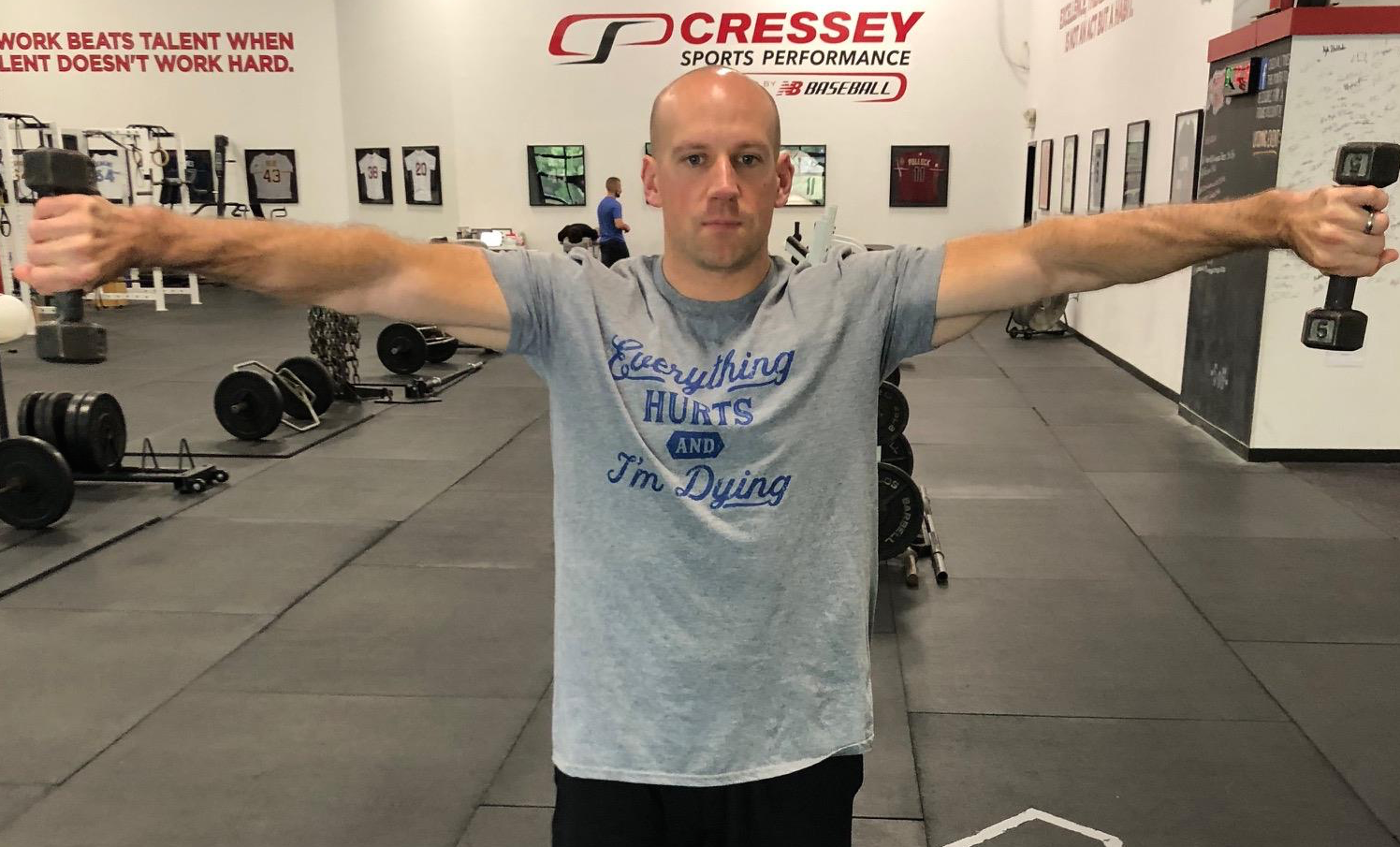
Shoulder Health: Where Small Hinges Swing Big Doors
The shoulder girdle is a complex series of joints unified by subtle movements in perfect timing. If you need proof, just check out this slide from my popular, Sturdy Shoulder Solutions. (on sale for $40 off with coupon code FALL25 through tonight at midnight)
This study looked at the difference between the empty can and full can in terms of both muscular recruitment and actual movement in folks with symptomatic impingement vs. healthy controls. Not surprisingly, the empty can exercise hurt more. Just looking at this picture hurts my shoulder (and my shirt is wildly fitting).
To me, though, that’s not the most significant takeaway from these study results. Rather, take a look at some of the numbers included in their findings: 1-3 degrees (joint movement) and 1-4% (muscular activation). These are subtle, subtle quantifiable differences between those in pain and those who are pain free – and most of them really can’t be perceived “on the fly.”
What does this mean for how you assess, program, and coach?
First, from an evaluation standpoint, we have to truly understand what quality movement should look and feel like. If you can’t truly define “normal,” then how can you ever truly appreciate “abnormal?”
Second, not all exercises are created equal (as we learned from the empty vs. full can discussion).
Third, in coaching, we have to constantly solicit feedback from our athletes on where they feel exercises.
These are all key principles on which I focus in my resource, Sturdy Shoulder Solutions. You can learn more at www.SturdyShoulders.com – and get $40 off with coupon code FALL25 through tonight at midnight.





